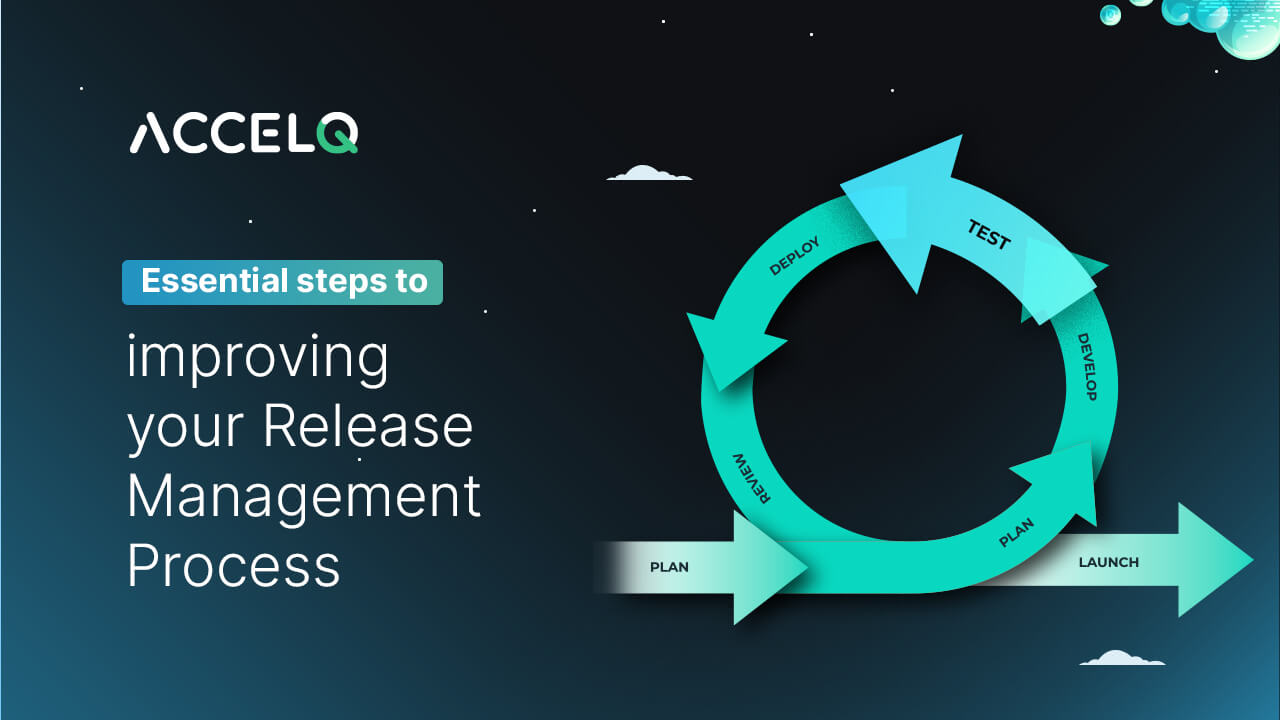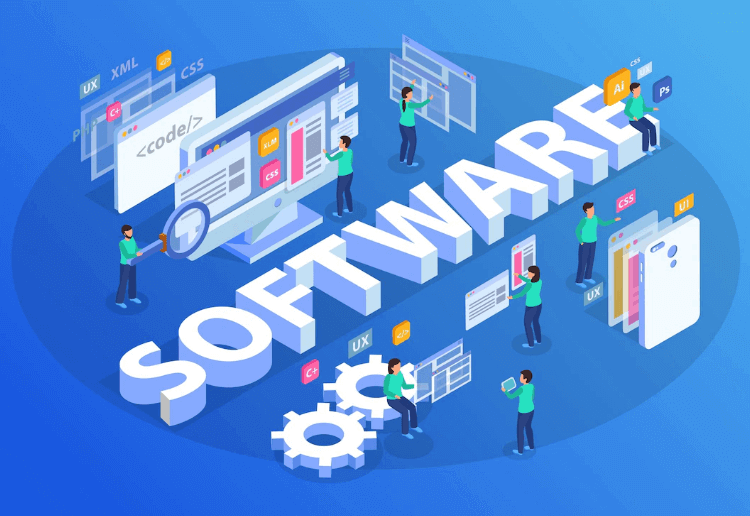
Building competitive strength in digital abilities requires organizations to have a resilient software release management process in place. Releases need to be fast and reliable and cover all areas of micro and macro development initiatives. However, most organizations fail to achieve a smooth release management process flow in their technology ecosystem.
Release Management Process - What is it?

In simple words, release management is the process of overseeing the planning, development, testing, preparation, and deployment of a software release. From a tactical standpoint, release management coordinates technical processes for rolling out software products quickly and efficiently.
7 Ways to Improve Your Release Management Process?
Let us examine seven ways for businesses to improve their release management process:
1. Strategically Plan the Release Management Process
The first step to building a successful release management process is to plan:
- What you are going to do
- The objectives that you intend to realize
- The results you aspire to achieve
Notably, the approach adopted for the release management process flow for an organization that follows agile technology development methods may differ from another that follows traditional waterfall models for software development.
The key objective of the planning phase is to ensure that all stakeholders that are impacted by the development activities are on the same page before proceeding with a release management process. The planning stage serves as a destination to achieve this synchronization.
2. Make Testing a Part of the Build Activity
Modern software development processes conceive testing as an integral part of the development cycle. In other words, testing needs to be done earlier and more frequently for best results, an approach called shift-left testing.
Related Reading: What Is Shift Left Testing – Benefits and How to Do it Right?
Coming back to the release management process, the focus should be on integrating testing activities into each build or release. Technology teams must follow the building and testing approach wherein every build is tested during its development stage itself to eliminate the possibility of errors or bugs creeping into production. This will ensure that the release process is seamless and not disrupted by any errors.
3. Release Small but Release Frequently
It is always best to go for smaller release versions because of the ease of tracking changes. Another advantage is that the time it takes to revert to the previous version will be minimal due to the smaller volume of changes. Moreover, from a test perspective, bugs can be found easily when a lesser number of modified code blocks go into production in a release.
In short, smaller releases that happen frequently make the release management process workflow more efficient. Also, they help in delivering higher quality software to end-users.
4. Be Knowledgeable of Your Releases
A good practice for improving the efficiency and effectiveness of the release management process is to keep a tab on what worked well in the previous release and the events or actions that didn't go well. This will help plan future releases with lower risks and build automated releases by formulating Dos and Don'ts into a release framework policy.
Over time, engineers can get access to a checklist of activities they should and should not commit to in future releases - to ensure better results.
Get Started for free today.
No credit card needed | No obligations
5. Have All Stakeholders Sign Off on the Release
Efforts must be taken to ensure that all relevant stakeholders of the software must sign off on the release after proper user-acceptance testing. The stakeholders include folks from both technical and business streams. It should be mandated that no release will proceed in the absence of approval from any stakeholder. This is an added assurance to the software that it meets all requirements laid down during the requirement phase from both technical and functional perspectives.
This step is particularly important to eliminate untimely conflicts within teams, drive a more streamlined software delivery mechanism, and establish a more transparent release management process flow within the enterprise technology landscape.
6. Foster a Cultural Change for Effective Release Process Management
Investing in the best tools, building efficient automation frameworks, and following best practices are all key in the journey to having an efficient release management process in place. But the fundamental force driving this initiative are your people. They must be knowledgeable about:
- The impact of every release
- Why they should manage release processes more diligently
- How they can leverage best practices for better outcomes.
This would require investing in the right talent and creating simple yet effective learning roadmaps for staff to quickly grasp and onboard the essentials of a good release management process.
7. Encourage Automation Across the Release Management Process
Software releases often become problematic when biased decisions or objectives stand in their way. To eliminate the same, enterprises must encourage the maximum use of automation across the release process. It would comprise the entire CI/CD pipeline automation and test automation.
End-to-end test automation should be encouraged considerably as it will assure maximum coverage for different scenarios and reduce risks significantly. For best results, businesses must have a well-defined test automation framework that guides all test automation activities to achieve effective outcomes faster.
Why Is Automation Testing Key to an Effective Release Management Process?

The release management process is critical in ensuring the success of any digital initiative a business brings forward today. Having the maximum possible certainty in the release management process flow is key to shortening the path toward this success.
While the tips outlined here can help you move in the right direction, the need of the hour is ensuring that all facets of the release are tested for their reliability and deployment readiness. This is where test automation takes a central role in the release management process.
From ensuring checklists are properly validated to enabling unbiased evaluation of build quality, test automation benefits the overall release management process considerably.
Therefore, it is a wise decision to onboard an end-to-end test automation platform like ACCELQ to improve your software quality and empower your release management process with efficiency and reliability.
Get in touch with us to know more.
Related Posts
 Understanding Test Cases Vs Test Scenarios
Understanding Test Cases Vs Test Scenarios
Understanding Test Cases Vs Test Scenarios
 Code Coverage vs. Test Coverage
Code Coverage vs. Test Coverage




